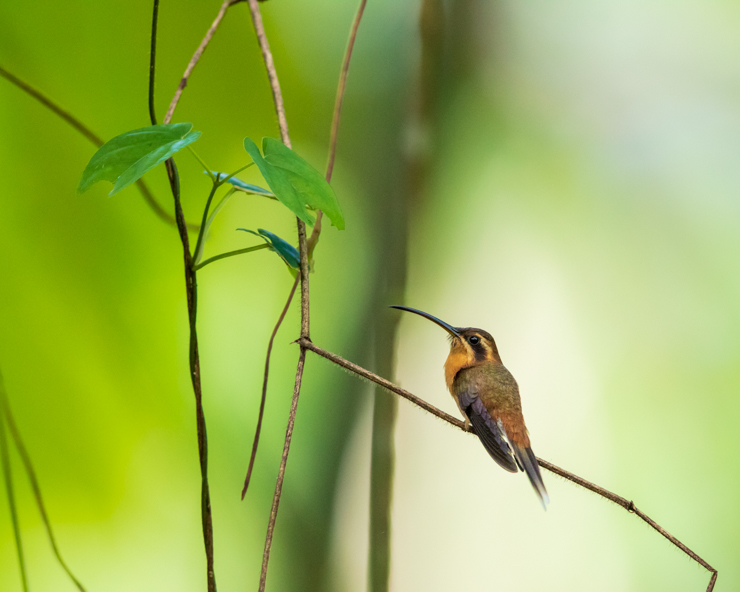
It may seem like an unnecessarily recurring theme in my posts about birding within Trinidad & Tobago, but the more I write on the subject the more it becomes apparent that the number three must have some significance, somewhere. There’s an unofficial series of posts on species of birds that occur in threes in T&T (see: bitterns, trogons, antshrikes, spinetails, manakins, hermits, honeycreepers, and resident warblers). What’s more is that on Trinidad, there are three distinct mountain ranges – the northern, central, and southern. While the first two are simply dubbed Northern Range and Central Range, the mysterious third range has another name: Trinity Hills.
I use the term “mysterious” as the Trinity Hills lies in the remote southeastern corner of Trinidad. The Northern Range nestles some of the most densely populated towns and cities on the island and straddles the entire width of Trinidad. The Central Range is visible from the main north-south thoroughfare along the western portion of the island. But the Trinity Hills is relatively far removed from the majority of the population and requires a couple hours of driving to arrive at its periphery. The three main peaks of the Trinity Hills are what gave it its name, and by extension the island of Trinidad.
Its inaccessibility has led to it not being birded often. There aren’t that many eBird checklists for the location, and birding tours rarely visit the area. Last Sunday I finally managed to make the Trinity Hills a priority. My alarm clock went off at 3:15am and thus it began.
It was still dark by the time we entered the forest, and much of the birds were still quiet. There wasn’t much time to absorb the silence, however, as considerable distance still needed to be covered and the deplorable state of the roads dictated our speed. Before long, some colour began appearing in the sky and the eager twittering of ubiquitous Bananaquits began followed by the rich song of Rufous-breasted Wrens. We continued eastward, headlamps still on.
What got us to stop very quickly was the unmistakable raucous vocalization of a macaw. As we got out our vehicles and searched the treetops, we eventually found a pair of Red-and-green Macaws looking absolutely gorgeous in the first light. The rays of the sun hadn’t even touched the road yet – only the treetops where the macaws were. Unfortunately this description of the scene is all I have to share as they flew off while I was unpacking my camera.
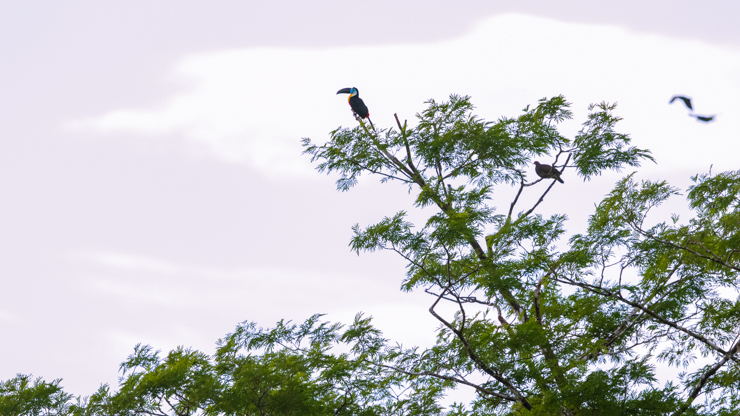
Channel-billed Toucans were in abundance, calling from the canopy. To the right of the toucan, a Scaled Pigeon still rests comfortably, while one of many pairs of Orange-winged Parrots flies past in the background.
Numerous Grey-breasted Martins and a few Grey-rumped Swifts were hawking for insects as we absorbed this environment for the first time. A Guianan Trogon called in the distance but we continued, aware of the distance yet to be covered. At the crest of one of many undulating passages through the forest we paused and scanned with our binoculars. Nothing showed except for a Lineated Woodpecker which I only saw as it flew off. Just as we were about to pull off my wife spotted a Grey-headed Kite perched in one of the trees.
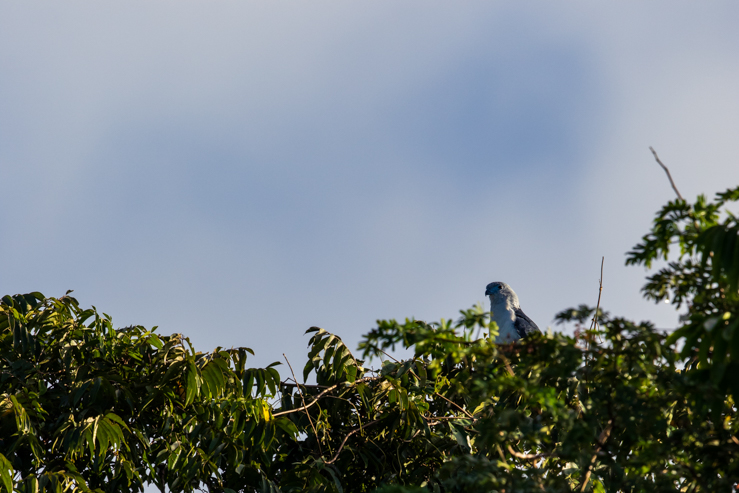
Grey-headed Kite
Raptors were in no short supply, and in addition to a Savanna Hawk, Grey-lined Hawk, and an extremely brief view of a Double-toothed Kite as it careened over the canopy later on, we saw a couple Broad-winged Hawks characteristically hunting from a low perch.
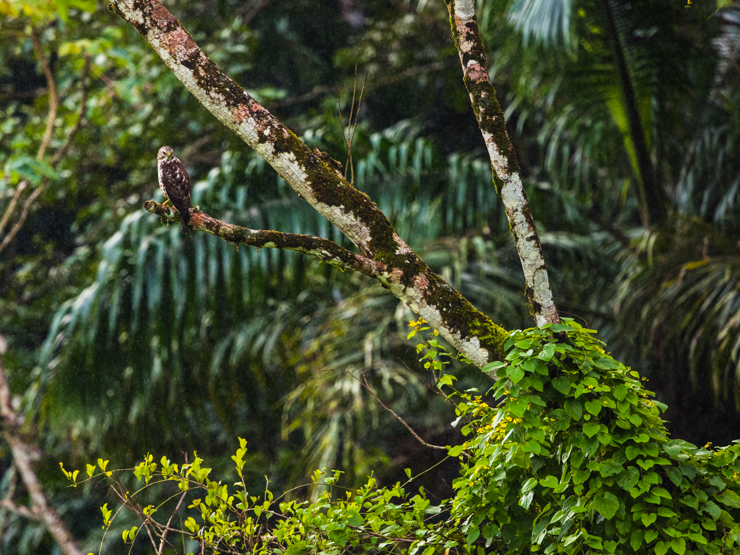
Broad-winged Hawk
Slowly, we continued. Up, then down. Navigating potholes. One eye on the road, the other in the trees.
We stopped periodically to investigate various patches along the road. Everywhere we paused there was some activity – and the only reason we didn’t spend the entire morning in any of the single stops was that we wanted to see exactly how far we’d get along this road. The map indicated that it’d spit us out at the eastern end of the southern coastline of Trinidad, but there was only one way to find out.
On one of our stops there was a small bush where both White-bearded Manakin and Golden-headed Manakin were pottering about. Golden-crowned Warblers and Golden-fronted Greenlets seemed to be everywhere. A Short-tailed Pygmy-Tyrant called from the canopy about thirty metres away. We made no effort to see this tiny passerine.
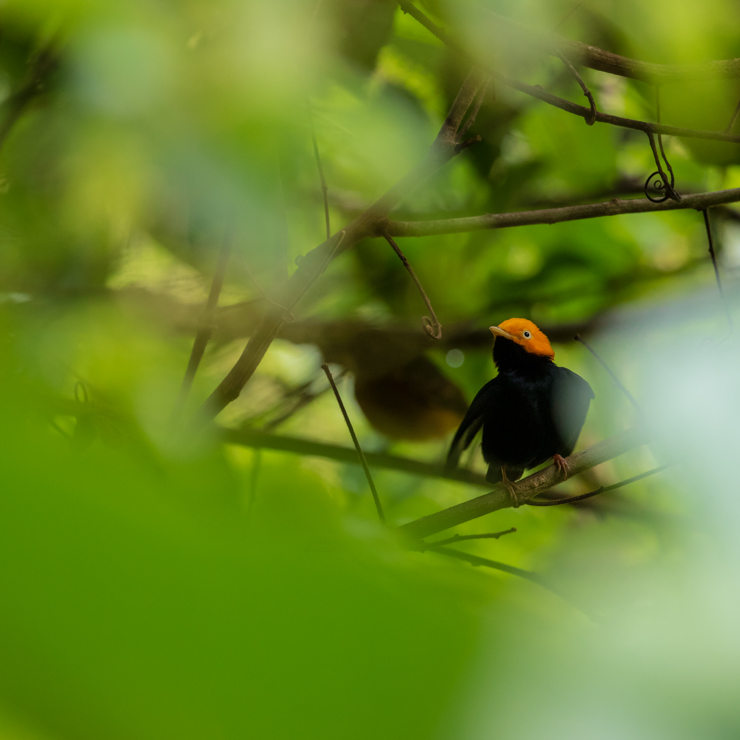
A Golden-headed Manakin flicks his wings as a female White-bearded Manakin alights just behind him.
Further east and now well into the Trinity Hills itself, another stop and walkaround yielded a small group of Turquoise Tanagers, a White-flanked Antwren, a pair of Rufous-tailed Jacamars, more Dusky-capped Flycatchers, and several Silver-beaked Tanagers.
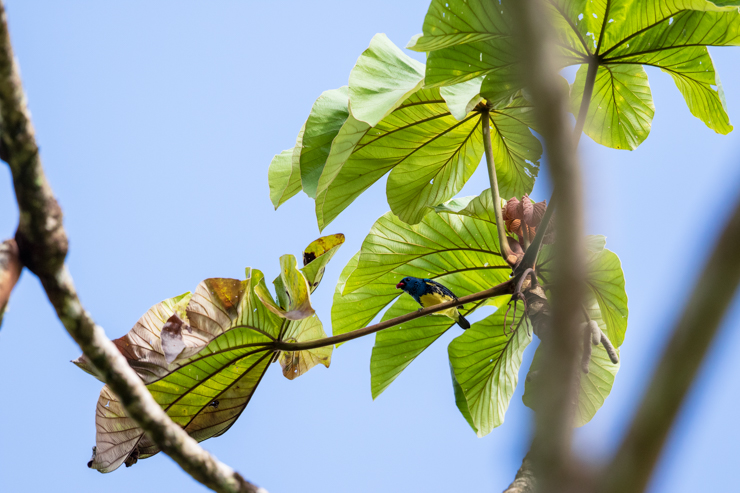
Turquoise Tanager
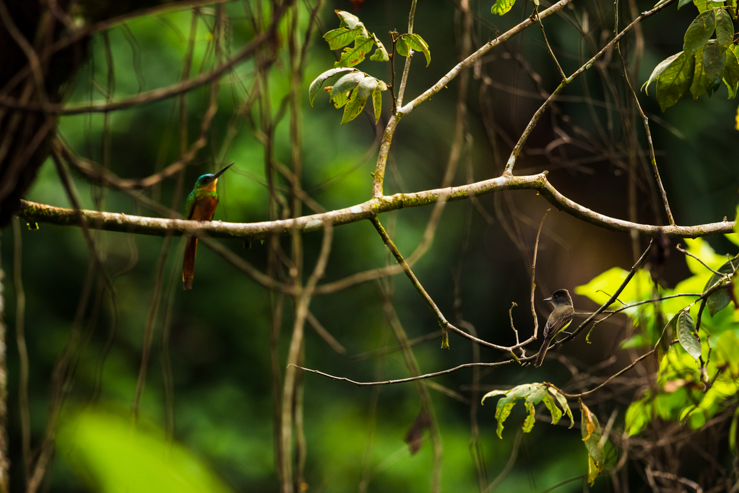
Dusky-capped Flycatcher (lower right) and a Rufous-tailed Jacamar.
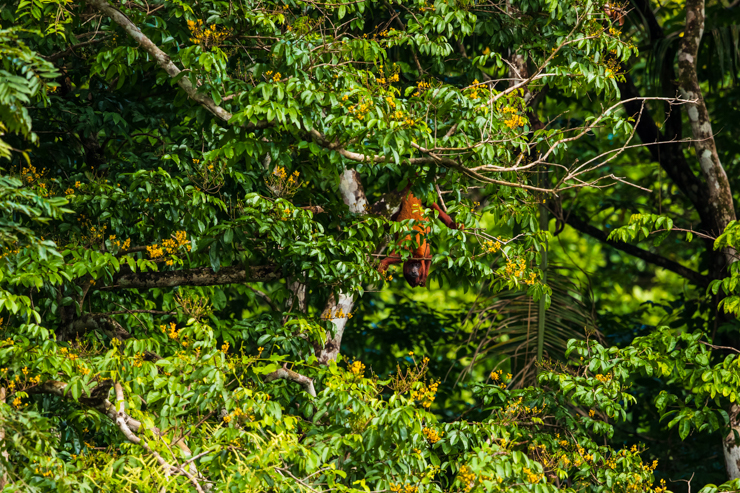
We also saw a small group of Guianan Red Howler Monkeys feeding nearby. After about ten minutes, the male began his characteristic, bone-shaking howling.
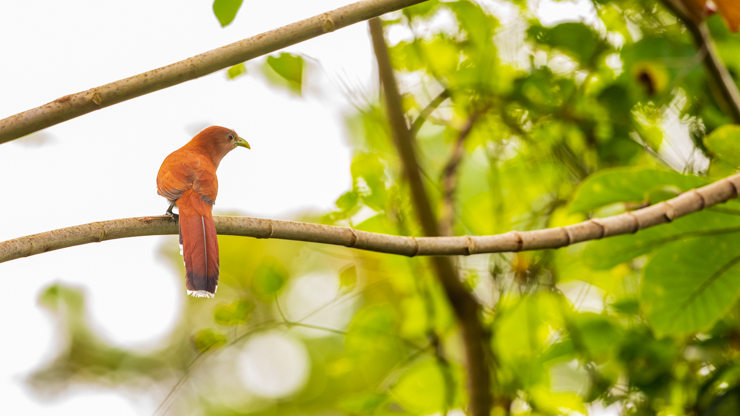
Further along the road the calls of a Squirrel Cuckoo alerted us to the presence of a pair of these beauties.
The habitat was particularly enthralling – a mix of sand, primary forest, and brackish water. In addition to a fair selection of forest birds, we also saw water-dependent species like Green Kingfisher and Wattled Jacana.
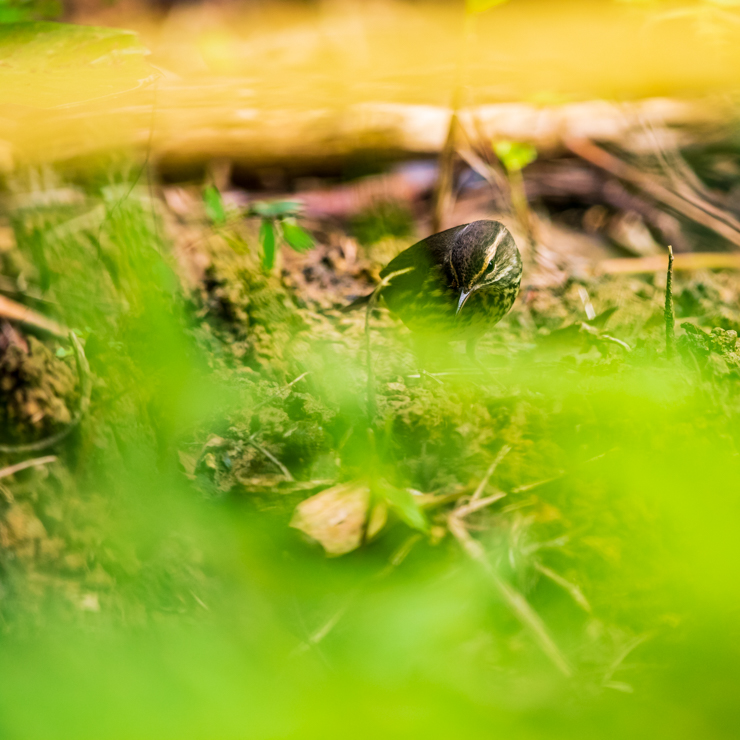
This Northern Waterthrush was seen foraging close to one of the many shallow pools.
Eventually the rain began pouring and we took the opportunity to have breakfast – it was already 10am and we were almost to the easternmost end of the road. The intention was to exit through the small coastal village and return home via the main road but that plan was thwarted by a gate across the road which barred access to the various oil companies’ compounds. The problem was that we were already on the inside having emerged from the forest! The intrigued stares we received made sense when we laid eyes on the gate.
With the sun reasonably high in the sky and the eBird list already stopped, we commenced the return leg. Somehow, the road seemed decidedly worse this time around. Even with the windows rolled up we still managed to grab a few new species that didn’t make it to the eBird list – a pair of Bay-headed Tanagers just as we re-entered the forest and a small group of Giant Cowbirds having a bath in a roadside puddle with a few Smooth-billed Anis. The most remarkable sighting for that journey and surely for the entire trip was a juvenile Rufescent Tiger-Heron that was stalking in some grasses next to the road.
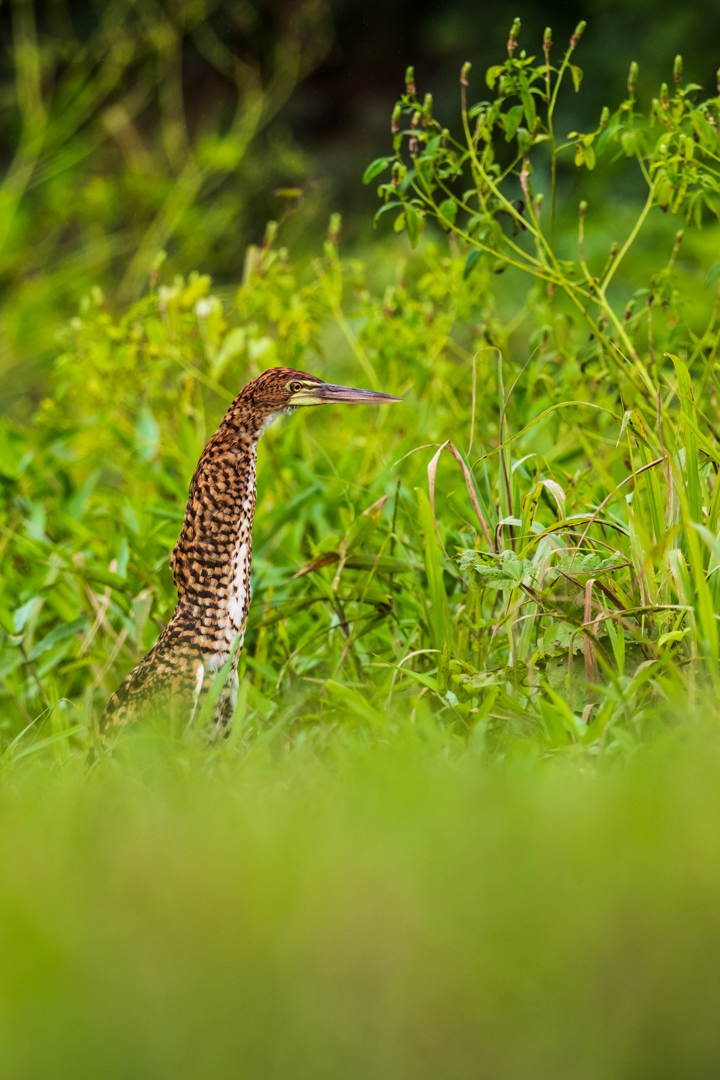
Rufescent Tiger-Heron
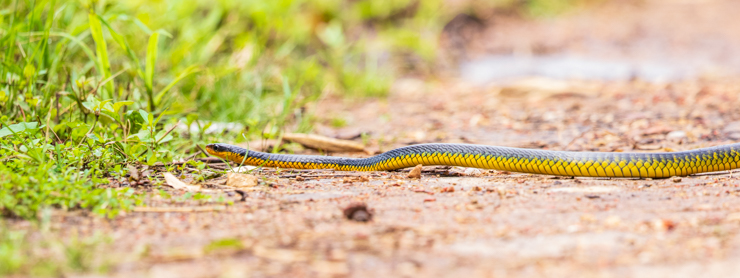
There was a light rain falling as we observed this bird move around unbothered. As it all unfolded, a Blue Morpho butterfly wafted in the wind and a Chironius carinatus or “machete” crawled across the road.
Along the road it seemed as if every twist harbored some hidden treasure. Definitely a place that warrants multiple visits. I made a final stop in a dense bamboo grove and a Little Hermit flew in and began preening. Seeing one of these secretive hummingbirds perched comfortably truly was the icing on the cake.

Little Hermit













Leave a Comment